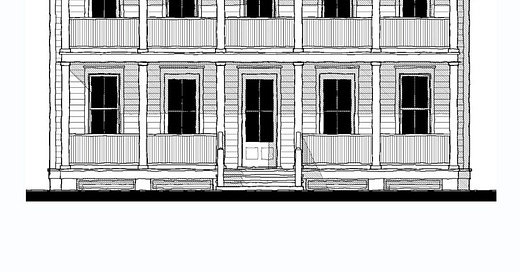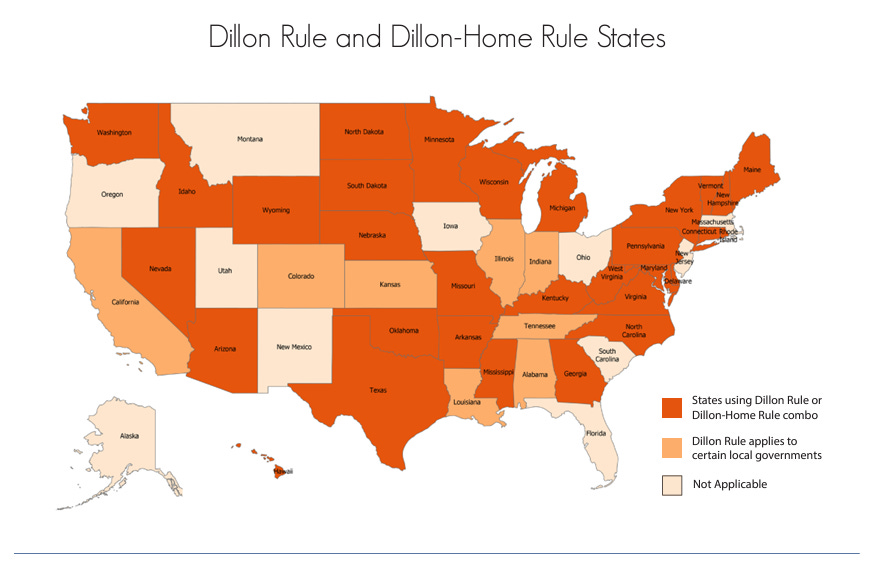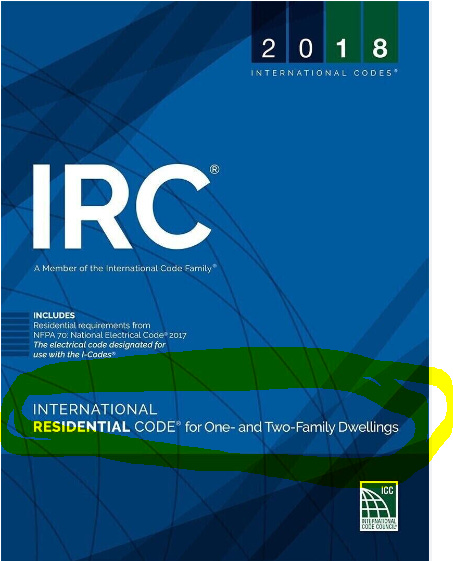The North Carolina Legislature Passed the Best Affordable Housing Reform in America
And no one is talking about it
1 SUMMARY
In August of 2023, North Carolina became the first State to change its Residential 1-2 Family Residential Building Code to the 1-4 Family Code, a reform that will result in lower-cost triplexes & quads, more viable missing middle housing, and more flexible alignment with local zoning.
The reform (HB488) is potentially revolutionary for affordability. And no one is talking about it.
2 DETAILS
There are many moving parts, but here are the most critical ones:
Two building codes govern most American development: the 1-2 Family “Residential” Code (IRC) or the “Commercial” Code (IBC), which covers everything else;
The Commercial Code is substantially more expensive to operate in;
The Commercial Code requires sprinklers in residential units, metal stairs, higher soft costs, among others;
Subcontractors using the Commercial Code also cost substantially more.
At every level, requiring affordable housing to comply with the less affordable code makes housing less affordable.
Though North Carolina was the first State to adopt these reforms, cities are starting to take similar action at the local level. While most towns in Dillon’s Rule states do not have the right to regulate the building code locally (the exclusive domain of State government in North Carolina), cities like Memphis do.
In 2021, Memphis and Shelby County passed a similar reform, allowing up to 6 units to be governed by the Residential Code (effectively now a 1-6 Family Code).
Daniel Parolek of Opticos Design offered his kudos to the River City:
This is an extremely important and precedent-setting move by Memphis and Shelby County to remove one of the largest barriers that exists for the delivery of Missing Middle Housing. By establishing this precedent, I hope many other cities across the country follow their lead and make this important change to their local building code. It is absolutely necessary for cities and counties to deliver more attainable housing.
Parolek goes on to itemize some of the specific benefits of the reform:
Modify the scope and definitions of the IBC and IRC to apply the residential code and all subject provisions to 3- to 6-unit structures.
Remove the sprinkler requirement for buildings with 2-hour fire-rated walls and floor/ceiling assemblies.
Limit public spaces to shared means of egress but allow upper-floor residences to share common egress.
No longer require separate mechanical, electrical, and plumbing drawings.
Consider how seismic provisions should apply differently to one- and two-family structures versus 3- to 6-unit structures.
3 HANLON’S RAZOR / WHY DID WE ELIMINATE AFFORDABLE HOUSING?
The problem is that American bureaus have regulated the most affordable forms of housing out of existence. Two motivations triggered the problem: ignorance and malice. Hanlon’s Razor instructs us to “never attribute to Malice that which can attributed to ignorance”. Both are present here:
WAS IT IGNORANT?
On the ignorance side, our ever-increasingly siloed bureaucracies are tasked with monolithic scopes independent and irrespective of other agencies.
The stormwater engineer could not care less about affordable housing.
The transportation director has no interest in building a diverse community.
It’s not the building inspector’s job to make affordable housing easier to build.
Perhaps they should be. Over at Southern Urbanism, Architect & Engineer Dr. Tony Sease wrote about the need for an overseeing office that could reconcile these differences and have the power to overrule departmental incongruences.
The failure to have a rational and empowered overseer inevitably results in regulatory fiefdoms that grow domains, raising the threshold of viability and making small projects impossible to execute. Over time, affordable all but disappears.
As city governments (particularly in progressive cities) move away from effective management and toward hollow vibes, oversight of the fiefdoms dissipates, and the problem becomes more acute.
The expansion of the fiefdoms breeds a more comprehensive ignorance, as no one is responsible for the overall results. Each independent department will make some loose claim of safetyism, enough to justify their control, and that will be enough to perpetuate the system. Without a determined, skilled, and empowered overseer, the system can only grow.
WAS IT MALICIOUS?
The old rules 1-2 Family rule forced 3 and 4-unit structures into the commercial code, which became cost prohibitive. Thus, the most affordable forms of housing produced in America were made unaffordable through misguided regulation and effectively legislated out of existence.
These penalties are partially intentional: One of the many ways that elites will eliminate poorer people in their community is to make the cost of lower-cost housing punitive (special permissions, parking mandates, etc.). Forcing triplexes in quadruplexes into the commercial code did precisely that.
Since the early 1970s, almost nobody has built 3 and 4-unit projects in Durham. In 2023, North Carolina fixed the #1 rule triggering the collapse in this unit type, which is the most affordable type anyone can build. The reform should open up extraordinary opportunities in the 3 and 4-unit housing that are the foundation to reestablish the missing middle.






